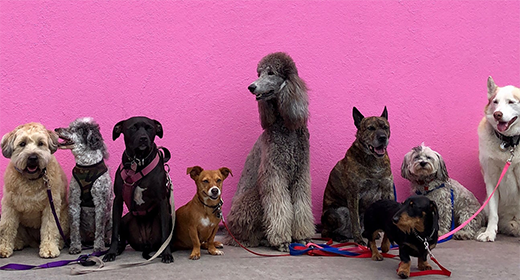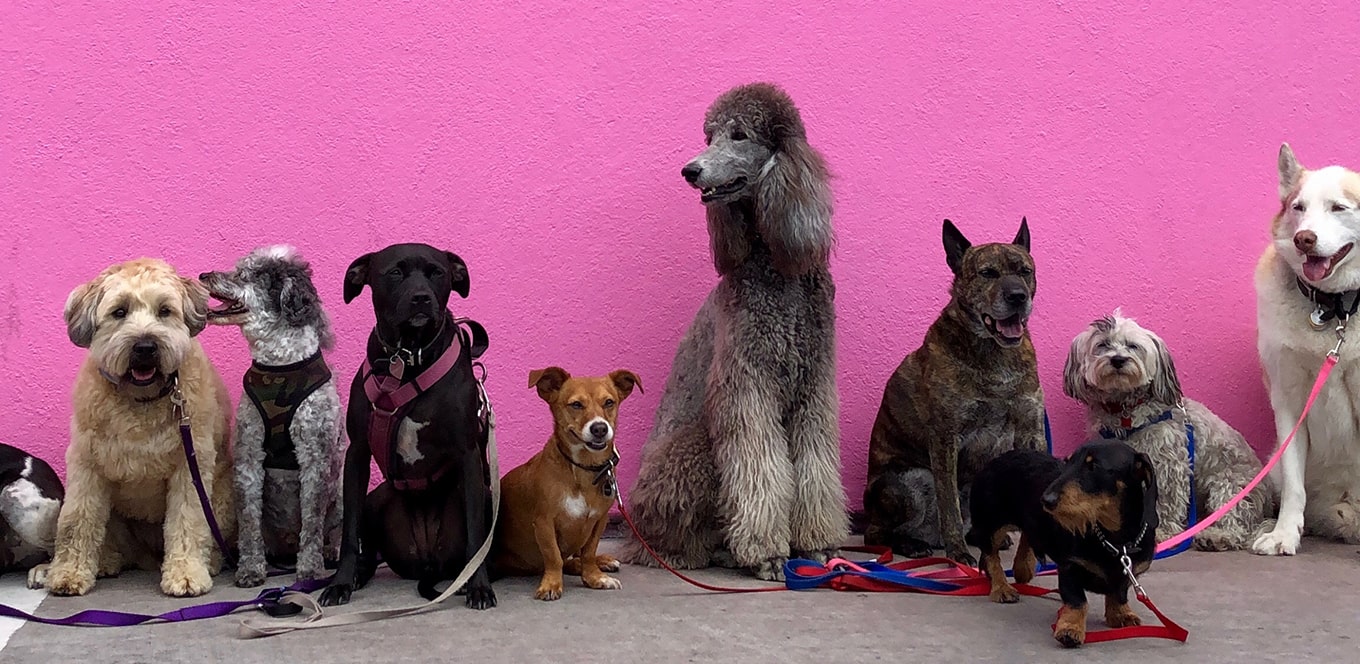

Anjing Anda membutuhkan antioksidan untuk membantu meningkatkan sistem kekebalan yang sehat. Inilah sebabnya mengapa setiap formula anjing IAMS™ mengandung tingkat nutrisi yang optimal. Antioksidan adalah nutrisi penting yang terjadi secara alami untuk membantu menjaga kesehatan anjing Anda dengan memperlambat proses oksidatif destruktif dari molekul sel. Penelitian IAMS meningkatkan nutrisi antioksidan untuk anjing senior — dan manfaatnya adalah meningkatkan fungsi kekebalan tubuh. Temukan bagaimana antioksidan dalam produk IAMS dapat bermanfaat bagi kesehatan anjing Anda.
Antioksidan ditemukan secara alami di dalam tubuh dan pada tumbuhan seperti buah-buahan dan sayuran. Antioksidan umum termasuk vitamin A, vitamin C, vitamin E dan senyawa tertentu yang disebut karotenoid (seperti lutein dan beta-karoten). Ketika antioksidan menjadi bagian dari makanan lengkap anjing, antioksidan dapat memberikan manfaat berikut:
• Memperlambat proses oksidatif molekul sel
• Membalikkan penurunan fungsi sel kekebalan pada anjing senior
Karena sel berfungsi secara normal di dalam tubuh, mereka menghasilkan molekul rusak yang disebut radikal bebas. Radikal bebas ini sangat tidak stabil dan mencuri komponen dari molekul sel lainnya, seperti lemak, protein atau DNA, sehingga menyebarkan kerusakan.
Kerusakan ini berlanjut dalam reaksi berantai, dan seluruh sel segera menjadi rusak dan mati. Proses ini disebut peroksidasi. Peroksidasi berguna karena membantu tubuh menghancurkan sel-sel yang telah habis masa manfaatnya, dan membunuh kuman dan parasit. Namun, bila dibiarkan, peroksidasi juga menghancurkan atau merusak sel-sel sehat.
Antioksidan membantu mencegah kerusakan sel yang meluas dengan mendukung komponen untuk menstabilkan radikal bebas. Lebih penting lagi, antioksidan kembali ke permukaan sel untuk menstabilkan daripada merusak komponen sel lainnya.
Ketika tidak ada cukup antioksidan untuk menahan peroksidasi, radikal bebas mulai merusak sel-sel sehat, yang dapat menyebabkan masalah. Misalnya, kerusakan radikal bebas pada sel-sel kekebalan dapat menyebabkan peningkatan risiko infeksi.
Penelitian terbaru telah meneliti manfaat antioksidan tertentu pada respon kekebalan anjing, dan hasil penelitian ini menunjukkan bahwa antioksidan penting dalam membantu anjing menjaga sistem kekebalan tubuh yang sehat.
Makanan anjing dewasa dan anak anjing IAMS mengandung tingkat antioksidan yang optimal seperti:
Antiokdan | Sumber | Fungsi |
|---|---|---|
Vitamin E | Ekstrak minyak tumbuhan dan Tokoferol | Mengoptimalkan aktivasi system sel T dan kekebalan tubuh |
Beta-karoten | Vitamin premix, tepung jagung, tepung ayam dan lemak ayam | Mengoptimalkan jenis sel yang ada di dalam darah, meningkatkan kadar antibodi dalam darah. |
